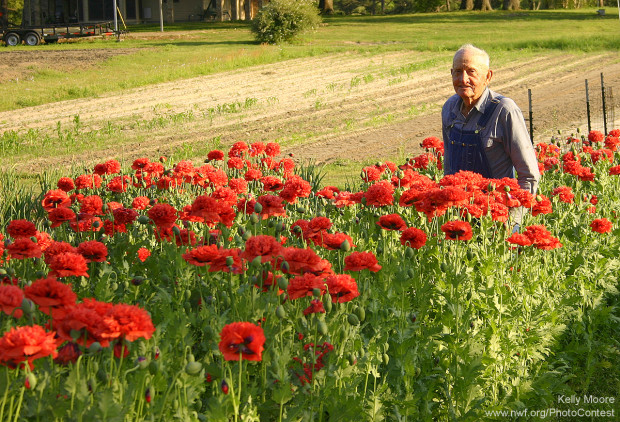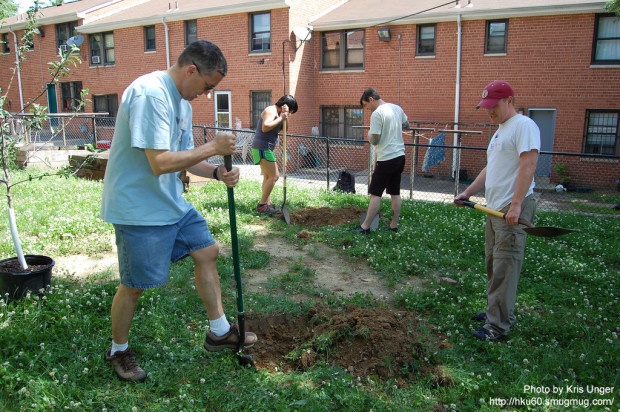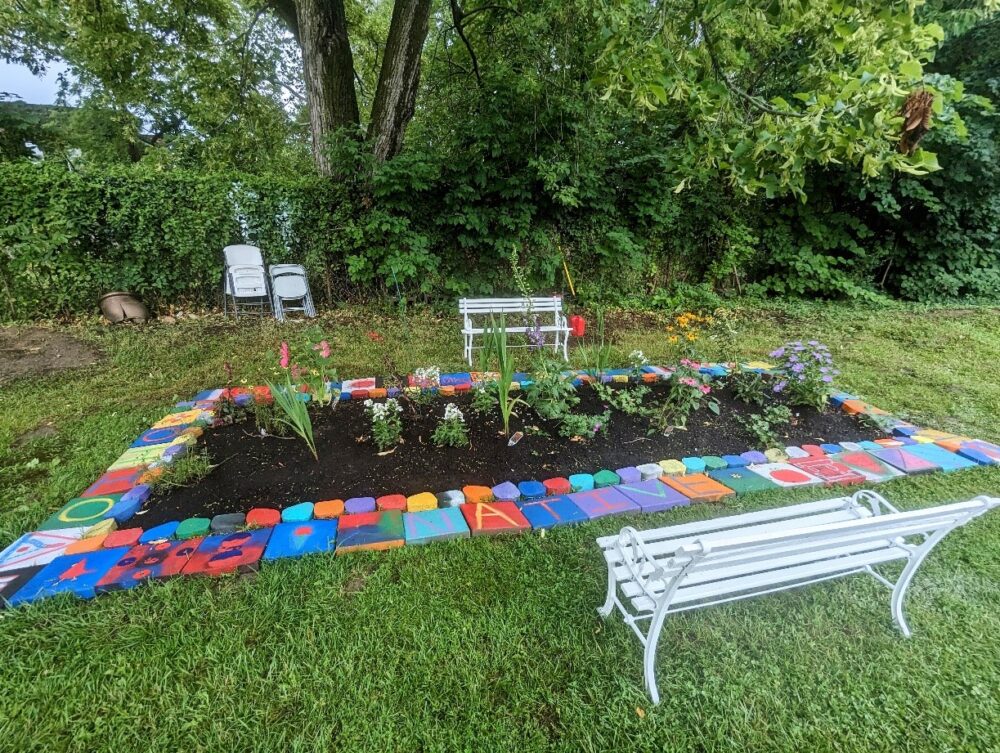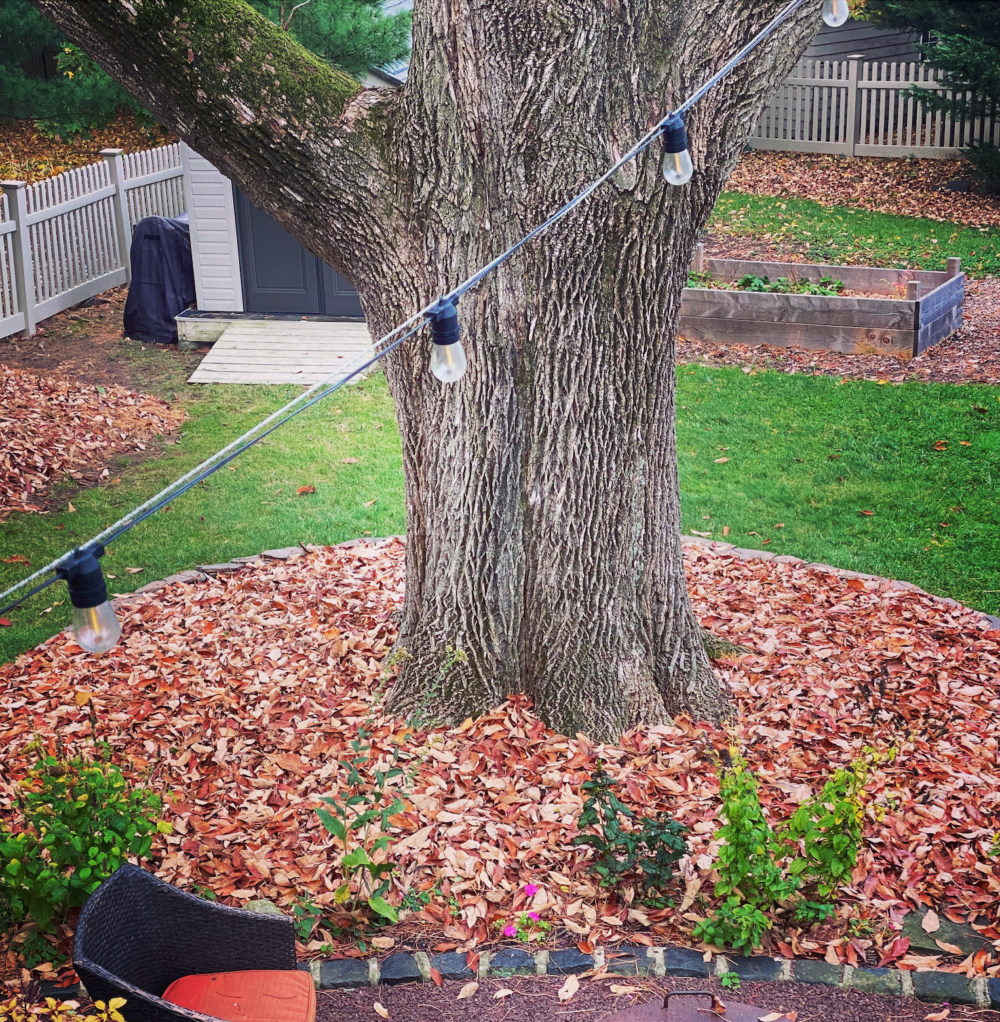We have much more to do and your continued support is needed now more than ever.
How to Garden Your Way to Health and Happiness
Growing up, I didn’t need anything to motivate me outside, but I tried my best to profit from it. I had a neighborhood business pulling weeds, raking leaves, planting trees and watering flowers while neighbors were out of town. I gave each neighbor a punch card – if they hired me for 5 hours of work, they received an additional hour of work free. Now that I’m older, I accept food as payment.
I’ve always felt amazing after doing work in the yard, even without the pay. Now I know regular contact with green spaces can help provide health, happiness and a longer life, but I’m specifically intrigued with how to stay fit through gardening (since I hate going to the gym).

Garden Exercise
Research shows that 30-45 minutes of work in the yard per day can keep you fit. According to the National Heart, Lung, and Blood Institute, it is most helpful in preventing weight regain and provides the additional benefits of reducing risks of cardiovascular disease and diabetes.
Iowa State University gets more specific, listing how many calories common garden activities burn in 30 minutes. It’s incredible how much energy each activity in the garden takes.
- Digging Holes – Men: 197 calories, Women: 150 calories
- Planting – Men: 177 calories, Women: 135 calories
- Weeding – Men: 157 calories, Women: 156 calories

Tips to Stay Safe
The benefits of being out in the yard can be cancelled out if you aren’t mindful of safety.
Avoid Direct Sun
Plan to do most of your work in the early morning or evenings when it cools down. Plus, those can be the best times to see and hear crepuscular (active during dawn and dusk) wildlife. Work in the shade if possible, wear a hat and sunscreen to protect your skin. Be sure to drink plenty of water and take breaks as needed. The plants aren’t going anywhere, no need to rush.
Stretch
Consider taking time to relax and stretch. Take 15 minutes before and after your yard work. Try stretches that focus on your neck, back, arms and wrists. Breathe in the fresh air.
Lift Properly
Save your back by following these steps to lift items properly. It may feel goofy, but it will protect your body from injury. That way you can continue gardening!
Posture
This one is difficult, as I tend to hunch over. Protect your back, hips and knees by avoiding motions that combine a lift and twist, stay aligned and keep your shoulders rolled back. I find it helps to stop and breathe in deep every once in a while. This gives a much needed break, time to drink water, and to check in on my posture.

Get Started
Spring is a fantastic time to start gardening for your health, and for wildlife. You can find all sorts of projects to make your yard wildlife-friendly, while improving your health and happiness.
Bottom line: gardening is good for your mind, body and wildlife.
Additional Resources
Dirt on Dirt: Why Dirt is Amazing
Flower power can transform bleak houses into inspiring Edens that nourish the mind, body and spirit
Weight Watchers Garden Workout Tips
Why Living Near a Park Makes You Happier
Health benefits of nature from American Society of Landscape Architects




















